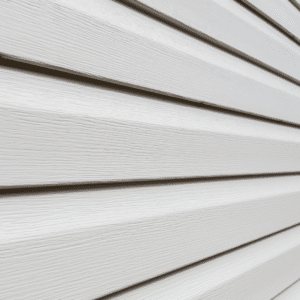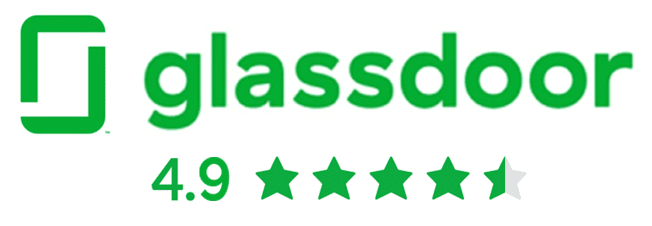
Dutch Lap Siding
You’ve got your project cut out for you: it’s time to replace the siding on your home. The options can be overwhelming, and you have a budget to consider. One option that is becoming more popular is Dutch lap siding (contact us to get started!). If you’re unfamiliar with this style, here is a short guide to Dutch lap and why it might be the right choice for you.
Dutch Lap Cut
The way that Dutch lap siding is cut and formed is unique from the traditional clapboard style. The top of the siding is beveled so that the bottom half stands out. Even when the siding pieces come together, the depth difference between the beveled and regular sections can still be seen. These qualities create a dimension to the siding that makes it visually interesting. As the sun changes places in the sky throughout the day, it creates variation in the shadows cast on the siding. Dutch lap siding has more of a three-dimensional look compared to clapboard siding.
Materials
The great thing about Dutch lap siding is that it is available in many materials.
- Wood: Traditionally, Dutch lap was cut from wood, especially cedar and pine. Wood is still a beautiful, classy choice for those who enjoy an old-fashioned, traditional look. The upkeep for wood can be very high, especially if you live in a climate that varies a lot throughout the year. You’ll need to maintain wood siding through refinishing or painting regularly. It is at risk for rotting, insect infestations, and other common issues with wood.
- Aluminum: Metal siding is still a preference for some. However, it is becoming a less popular option due to more durable materials becoming available. Aluminum siding dents easily and rusts over time.
- Fiber Cement: This option is a newer, modern composite of various materials. It tends to withstand time, imitate the appearance of wood, and is less hassle.
- Vinyl: The most common siding option in many regions is vinyl. It is easy to maintain, doesn’t require repainting as the color is “baked in,” and it withstands temperature changes and moisture. It’s also an affordable option for many homeowners.
For help choosing the best siding for your home and installing it, contact Peak Custom Remodeling for a professional consultation.


